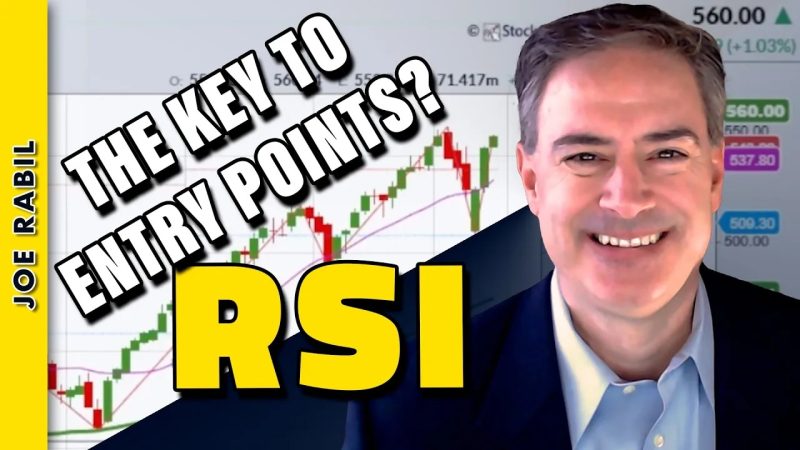When Looking for the Next Entry Point in SPY, Use RSI
Technical analysis has long been a key tool for traders and investors seeking to make informed decisions in the stock market. Among the plethora of technical indicators available, the Relative Strength Index (RSI) stands out as a popular choice due to its ability to identify overbought or oversold conditions in a stock or market.
When it comes to the SPDR S&P 500 ETF Trust (SPY), which tracks the performance of the S&P 500 index, utilizing the RSI can be particularly beneficial in identifying potential entry points for trades. By understanding how the RSI works and interpreting its signals within the context of SPY’s price movements, traders can make more educated decisions and potentially enhance their returns.
The RSI is a momentum oscillator that measures the speed and change of price movements. It oscillates between 0 and 100 and is typically used to identify overbought and oversold levels. When the RSI moves above 70, it indicates that a security is overbought and may be due for a price correction. Conversely, when the RSI drops below 30, it suggests that a security is oversold and may be ripe for a rebound.
For traders looking for the next entry point in SPY, monitoring the RSI in conjunction with other technical indicators can provide valuable insights. One common strategy is to wait for the RSI to move above 70 and then drop back below that level, signaling a potential pullback in SPY’s price. This could present an opportunity to enter a short trade or simply wait for a better entry point before going long on SPY.
Conversely, if the RSI drops below 30 and then climbs back above that threshold, it could indicate that SPY is oversold and poised for a bounce. This could be a signal to enter a long trade or add to existing positions in anticipation of a price recovery.
It’s important to note that while the RSI can be a powerful tool for identifying entry points, it should not be used in isolation. Traders should consider other technical indicators, market conditions, and fundamental analysis to make well-rounded trading decisions. Additionally, risk management and discipline are crucial in any trading strategy to mitigate potential losses and maximize profits.
In conclusion, the RSI can be a valuable ally for traders seeking the next entry point in SPY. By understanding how to interpret the RSI signals and integrating them with other technical tools, traders can make more informed decisions and potentially improve their trading performance. Remember to combine the RSI with other analysis tools and practice proper risk management to navigate the markets effectively.

